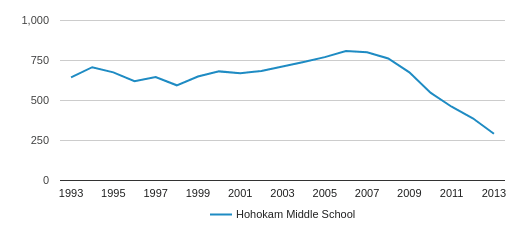

However, the reasons for the abandonment of the irrigation systems remain unclear. Many explanations for this collapse have been proposed, including climate related hazards (Gregory 1991 Huckleberry 1999 Waters and Ravesloot 2001), landscape changes (Waters and Ravesloot 2001), and soil degradation (Huckleberry 1993). Around 1250 AD they underwent significant social reorganization that eventually collapsed around 1400 to 1450 AD (Haury 1976 Grumerman 1991 Fish and Fish 2007 cited in Woodson 2010 Ertsen et al. The Hohokam, who occupied large areas along the Salt and Middle Gila Rivers, are believed to have emerged from 450 AD onwards and flourished in the period of 700–1150 AD.

We use available archaeological evidence to discuss how the Hohokam in the Middle Gila River may have dealt with this reality of water distribution under stress. Our model indicates that irrespective of the nature of the political, social, or cultural norms and relations reinforced by control in the irrigation systems under study, certain configurations of canals and fields would necessarily have yielded unequal distribution. Our ongoing research takes us beyond the rather trivial idea that larger systems are more difficult to manage within a given time span to show that while the time needed to manage irrigation effectively relates to the size of a system, the growth of Hohokam irrigation systems would have created increasing coordination issues that could have been solved by adapting management strategies only up to the point the system became too large to maintain effectively in relation to available time. We argued that shifts in water demand at two points, between Early Pioneer and Late Pioneer periods, and between Late Pioneer and Early Colonial periods, may be crucial in understanding changes in Hohokam society. 2015), we studied the impacts of long-term climate change on Hohokam irrigation in the Middle Gila River Valley between 5 AD. Our approach in this research does not focus exclusively on single scales of space or time but allows expanding the dynamics of cross-scale or multiple scale issues over time. Numerous scholars argue against Wittfogel’s theory (Adams 1966 Hole 1966 Lanning 1967 Butzer 1976 Hunt 1988 Maisels 1990 Postgate 1992 Billman 2002), but the social implications of controlling water in an agriculture-based society remain a central issue given the importance of irrigated food production for many ancient states. Wittfogel ( 1957) claims that large-scale irrigation systems led to the rise of centralized states. Irrigation systems encompass hydraulics, hydrology and human behaviors across temporal and spatial scales (Ertsen 2010).


 0 kommentar(er)
0 kommentar(er)
